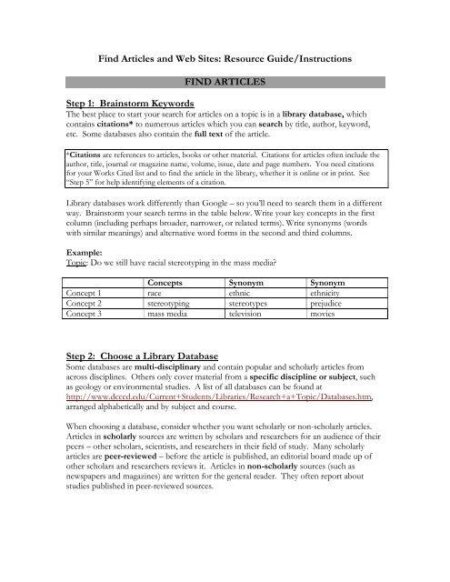Cameroon’s Vision: Doubling Cacao and Coffee Production While Safeguarding Forests
Cameroon is embarking on a transformative journey to significantly increase its cacao and coffee output, aiming to double production within the next ten years. This ambitious plan seeks not only to capitalize on the surging global demand for these commodities but also to ensure that economic progress does not come at the expense of the country’s invaluable forest ecosystems. With forests playing a crucial role in biodiversity conservation and climate regulation, Cameroon’s approach highlights an emerging model where agricultural expansion coexists with environmental preservation.
Integrating Agricultural Growth with Environmental Responsibility
The government of Cameroon has crafted a multifaceted strategy designed to boost crop yields while maintaining ecological balance. Central to this plan is the promotion of sustainable farming methods, particularly agroforestry systems that blend cacao and coffee cultivation with native tree species. These shaded farming techniques improve bean quality, enhance soil health, and provide habitats for wildlife—offering a win-win scenario for farmers and nature alike.
Recognizing that unchecked agricultural intensification can lead to deforestation and habitat loss, authorities are implementing strict monitoring frameworks aimed at curbing illegal land clearing. Additionally, educational programs are being rolled out across rural communities to foster awareness about sustainable land management practices.
- Shade-grown crops: Encouraging farmers to cultivate cacao and coffee under canopy trees supports ecosystem services such as carbon storage.
- Deforestation tracking: Utilizing satellite imagery and ground surveys helps detect unauthorized forest encroachment early.
- Community engagement: Empowering local populations through training ensures long-term stewardship of natural resources.
Sustainable Techniques Driving Cameroon’s Agricultural Expansion
The path toward doubling production hinges on adopting innovative yet ecologically sound practices tailored for Cameroon’s unique environment. Agroecological approaches emphasize natural pest control using beneficial insects instead of chemical pesticides, reducing environmental contamination while safeguarding farmer health. Organic fertilizers derived from composted plant material replenish soil nutrients without degrading land quality over time.
Diversification also plays a pivotal role; integrating complementary crops such as legumes or fruit trees alongside cacao or coffee enhances farm resilience by improving soil nitrogen levels and providing alternative income streams during market fluctuations. Water conservation measures—including drip irrigation systems powered by solar energy—are increasingly adopted in response to changing rainfall patterns linked with climate change impacts across Central Africa.
| Sustainability Factor | Main Advantages |
|---|---|
| Agroforestry Integration | Biodiversity enhancement; improved microclimate regulation; higher-quality produce |
| Chemical-Free Farming Methods | Lowers pollution risks; boosts organic market potential; protects farmer well-being |
| Diverse Crop Systems & Cooperatives | Eases economic risk; strengthens community networks; facilitates knowledge sharing & market access |
Navigating Economic Ambitions Amidst Forest Conservation Challenges Â
The drive toward increased export capacity must be carefully balanced against preserving Cameroon’s extensive tropical forests—the second largest in Africa after the Congo Basin—which harbor thousands of endemic species vital for global biodiversity hotspots. The government promotes agroforestry landscapes where native trees coexist harmoniously with cash crops, enhancing ecosystem services like pollination while buffering farms against pests or extreme weather events intensified by climate change trends documented by recent studies from regional meteorological agencies.[1]
A key component involves fostering partnerships between local communities, non-governmental organizations (NGOs), private sector stakeholders, and international donors focused on sustainable development goals (SDGs). Programs offering alternative livelihoods such as eco-tourism initiatives have gained traction in regions adjacent to protected areas—providing financial incentives aligned with conservation objectives.[2]
This integrated framework aims not only at boosting agricultural productivity but also securing long-term forest protection through legal safeguards combined with grassroots participation—a model increasingly recognized globally as essential for reconciling human needs with planetary boundaries.[3]
A Forward-Looking Perspective: Lessons from Cameroon’s Dual Approach Â
The success or failure of Cameroon’s endeavor will resonate far beyond its borders amid growing concerns over food security coupled with environmental degradation worldwide. By demonstrating how targeted investments in sustainable agriculture can coexist alongside robust forest conservation efforts—and even reinforce one another—the country could emerge as an influential example within sub-Saharan Africa’s broader green economy transition.
This initiative aligns closely with recent United Nations Environment Programme (UNEP) reports emphasizing landscape-level solutions combining agriculture restoration efforts alongside biodiversity protection strategies.
Final Thoughts: Harmonizing Prosperity With Ecological Integrity
Tackling both economic growth imperatives through expanded cacao-coffee production while safeguarding critical ecosystems represents one of today’s most pressing challenges facing developing nations like Cameroon. Success depends heavily upon multi-stakeholder collaboration involving policymakers crafting enabling regulations, farmers embracing innovative yet traditional knowledge-based methods, supply chain actors prioritizing sustainability certifications, and consumers demanding ethically sourced products.
If effectively implemented at scale—with continuous monitoring adapting strategies based on scientific evidence—this dual-focus approach could set new standards globally illustrating how prosperity need not sacrifice planetary health but rather thrive because it respects it.







